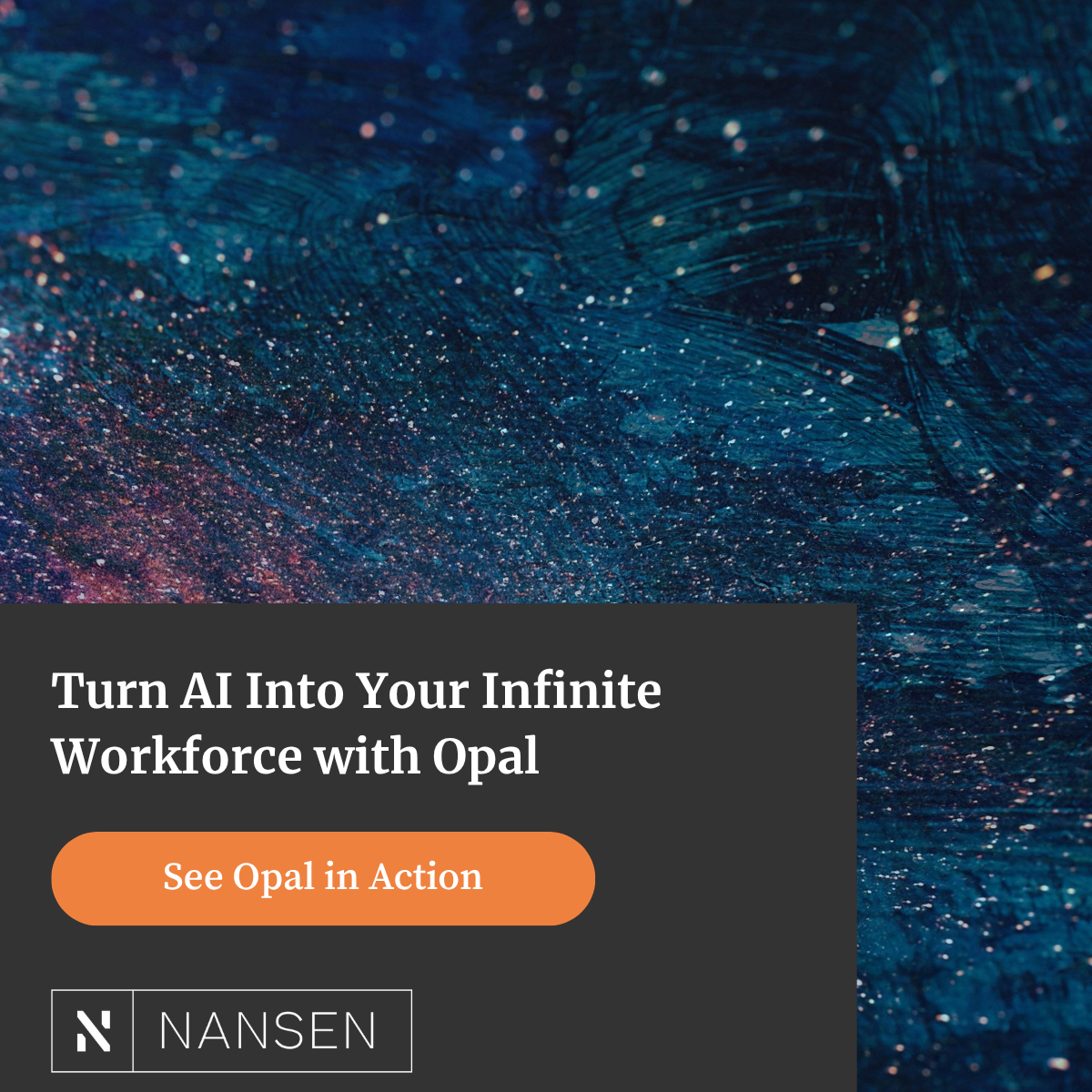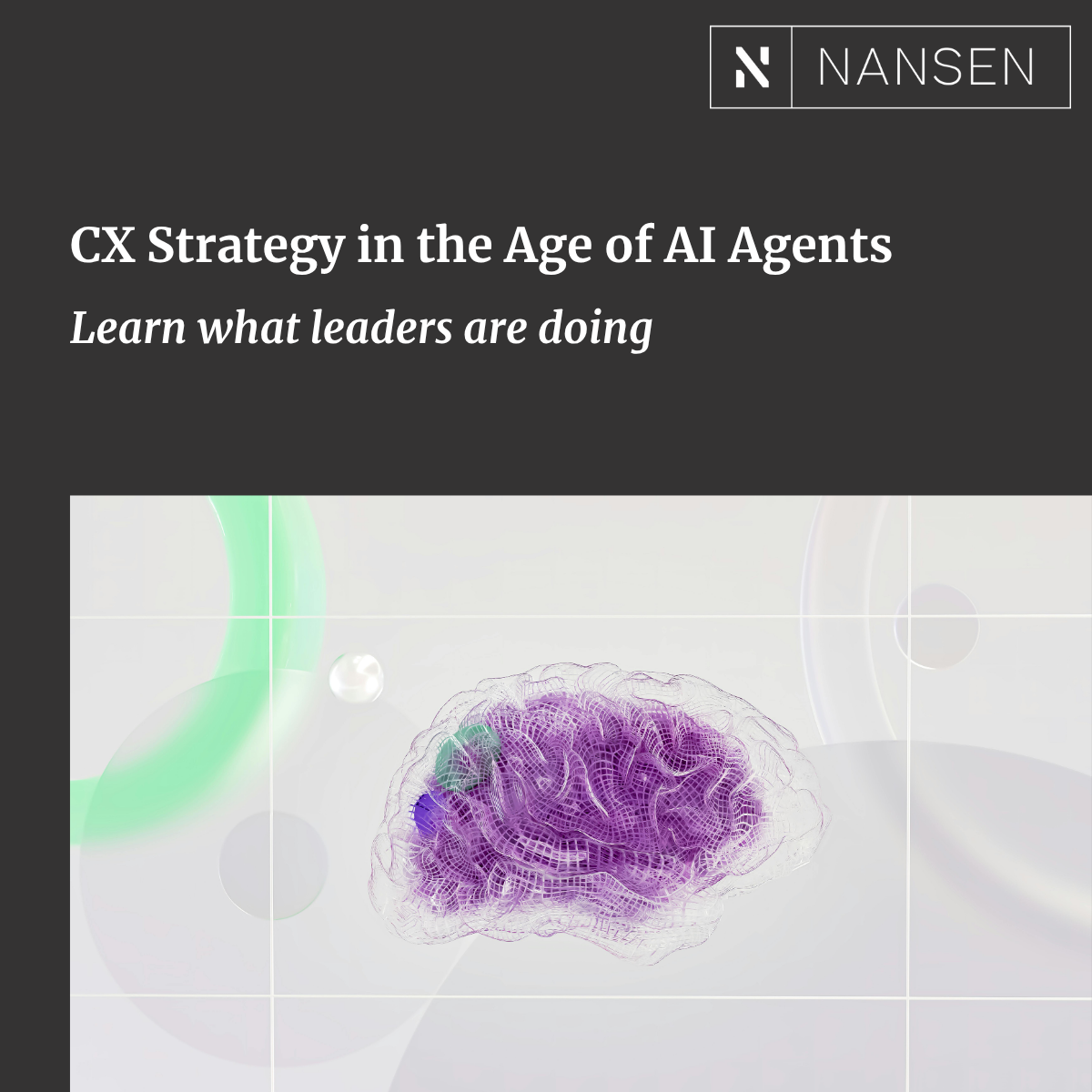Traditionally, enterprises have tended to dedicate themselves to growth, innovation, and transformation most ardently during periods of economic stability. The thinking has been that when the coffers are full and it’s easy to get a loan, only then can focus be applied to bold, transformative pursuits.
But in today’s fast-changing digital world, growth and innovation need to be 24/7/365 priorities. Leaders can’t wait for the “right” time to make necessary changes if they want to stay abreast of customers and ahead of competitors. Armed with the democratizing power of increasingly powerful technology, they must instead make digital maturity and business transformation top priorities in times of stability and times of recession.
The early days of 2023 have not been easy for most businesses. In a tumultuous macro financial environment, interest rates are rising, powerhouse tech companies are laying off staff, and the future feels uncertain. It’s understandable that some leaders are tempted to sit tight and ride out the storm, pushing off any projects that aren’t mission-critical.
What business leaders must remember now is that the threat of a disruptive competitor or well-funded incumbent taking your market share never goes away. In fact, economic downturns often give rise to hugely successful “startups” like Airbnb and Uber, and Microsoft before them.
To avoid being caught flat-footed in an overly cautious position, companies must continue to grow, innovate, and transform through a recession. Of course, in a time of scarcity, leaders must find efficiencies—and in this regard, technology can make all the difference.
Here are three strategies enterprises can use to efficiently pursue digital maturity and business transformation during a recession.
Ruthlessly prioritize new features
Deciding which ideas to pursue first, second, and third tends to be one of the most challenging parts of pursuing innovation. And while prioritization is always important, when finances are tight, it becomes even more crucial to identify which parts of the product roadmap will deliver the greatest impact and return on investment (ROI).
Teams that pursue digital transformation with the greatest success are those that find ways to make tough choices quickly, and not let every question devolve into an extended debate. Instead, innovation-minded business leaders get answers fast with strategic tools, like a design sprint exercise.

What does this look like in practice? Nansen applied the design sprint framework to help a financial services client choose between two potential digital initiatives that leaders kept debating. Hand-in-hand with the clients, Nansen collected feedback from stakeholders, created a priority vs. effort matrix, and tested prototypes to guide and inform the decision. This process, which otherwise could have dragged on for an unknown amount of time, took just one week.
Exercises like design sprints and vision workshops can be invaluable for decision-making around innovation. In times of economic instability, decisive prioritization and shorter development cycles save time, money, and resources, reduce risk, and maximize ROI.
Get more value from the existing tech stack
One of the most significant steps business leaders can take to find efficiencies during digital transformation is to audit their tech stacks. With seemingly endless software options to solve every problem under the sun, growth and innovation efforts often involve bringing on new vendors and platforms. But during economic downturns when corporate belts are tightening, it’s much better to start by looking to maximize the value of the company’s current tech stack.
Consider this: according to a 2022 “State of ITAM” report, 29% of software spending is wasteful, going toward unused or underused SaaS subscriptions. In other words, when crafting strategies for achieving their priority goals, most companies can benefit substantially by taking a hard look at the products and services they’re currently paying for.
Content management systems (CMS), digital experience platforms (DXP), and other types of subscription software tend to be feature-rich, with teams that are eager to help customers find the right solution for their goals. Optimizely is a great example of a popular platform that has tons of features and capabilities.
Once business leaders have done the work of identifying top digital transformation priorities, pointed and targeted improvements using existing software tools can make a huge impact.
For example, Nansen facilitated a CX vision workshop for the LOSSAN Pacific Surfliner to narrow in on specific changes the rail provider’s website needed. Leveraging existing Optimizely software, Nansen made targeted improvements to the website—personalization tools and an elevated, streamlined customer experience—that helped LOSSAN boost quarterly referral sales by 40-50%.
Fill skills gaps efficiently
Hiring full-time team members during tough economic times tends to be a non-starter. The last several months of tech-industry layoffs have made abundantly clear the burden that payroll represents during a recession.

At the same time, there’s no replacement for talented people, and customer experience efforts tend to be resource-heavy—most businesses need to look beyond their existing teams to achieve growth and innovation goals. Fortunately, there are two efficient ways to bring on needed skills without adding full-time hires: project-based contracting and partnering with agencies.
The upside of working with contractors for growth and innovation projects is simple: they don’t require non-salary expenses or compensations, like health benefits, payroll tax, etc. Project-based workers can thus provide a high level of skill and expertise at a much lower cost than would a full-time employee.
Another way that business leaders can access needed talent for the term of a project (and then stop paying for it afterwards) is by teaming up with an agency. When it comes to the kind of pointed, crucial work that gets prioritized during economic downturns, agencies are a great solution because they are outcome-driven. These teams come onboard to solve a specific problem, and provide access to many different types of talent.
At Nansen, we pride ourselves on working as extensions of our clients’ teams. In this way, we deliver the kind of dedication and quality expected of a full-time employee while also providing the cost flexibility customers need in tricky times like these.
Let’s talk about how your company can become more digitally mature even in a tough economy, by doing more with less. Contact Nansen today.













